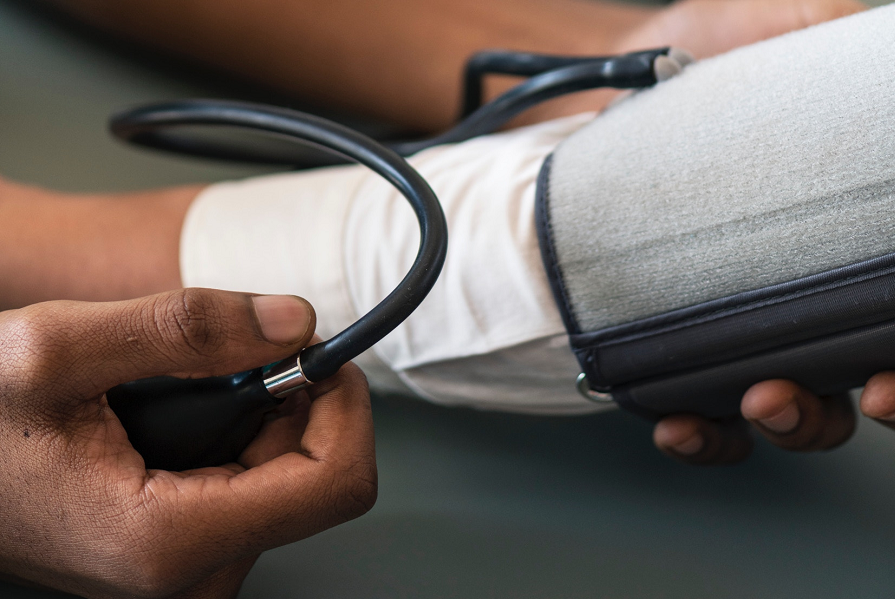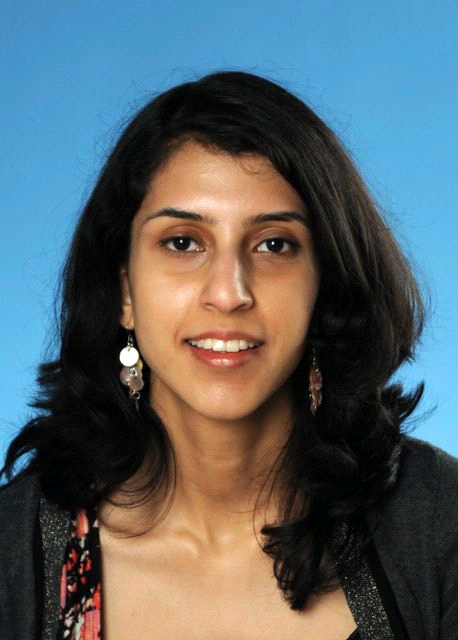Deep brain stimulation and the era of scientific psychiatry

MS3 David Mathai discusses the history of a functional neurosurgical procedure and how the technology plays into the evolving landscape of mental health. He became interested in these topics during a two-week neurosurgery rotation during which he presented an initial version of this report to Baylor residents and faculty.
Armed with just a small radio transmitter, the man beckoned to the brave bull of Córdoba. He was no matador – Dr. José Delgado was a spindly neurophysiologist from Yale who had become curious about how electrical signals could evoke certain responses in the brain. So one day earlier, he had surgically implanted fine wire electrodes in the animal’s caudate nucleus: the portion of the brain responsible for voluntary movements. Delgado was confident in his years of experimentation and braced himself now as the creature began its charge, a nearby camera poised to capture one of two electrifying outcomes. He fired the remote just before horns could find flesh, and the bull found itself screeching to a halt. Delgado staggered back all the same.
These were the beginnings of deep brain stimulation (DBS). Over 50 years have passed since that stunning footage was first captured, but the idea still sounds as avant-garde as ever. It was Delgado who first described the technique of implanting intracranial electrodes in patients with epilepsy and schizophrenia in 1952. Using a device called a “stimoceiver,” he claimed to elicit both physical and emotional reactions in subjects by triggering different neuroanatomical locations. Other pioneers would build on Delgado’s findings, although DBS is most popularly attributed to French neurosurgeon Alim-Louis Benabid for his 1987 report on chronic brain stimulation for tremor in medication-refractory Parkinson’s disease. In any case, the cumulative work of brilliant minds had set clinical neuroscience on a giddy new course: It was now possible to deliberately manipulate the brain with electrical stimulation, leaving the underlying tissue largely intact.
The possibilities seemed endless. The United States Food and Drug Administration (FDA) first approved the treatment for essential tremor in 1997, then Parkinson’s disease in 2002. DBS went on to earn selective approval for certain cases of dystonia in 2003 and obsessive-compulsive disorder in 2009. An FDA panel voted in favor of DBS for treatment-resistant epilepsy in 2010, although a final decision for that indication is still pending. By a number of mechanisms, DBS was thought to resynchronize neural circuits gone awry, and so long as we had some sense of where things had come undone, this revolutionary technology seemed to blur the line between science-fiction and reality. With these ideas in mind, a neurologist from Emory began to wonder if DBS could fundamentally change the way we think about depression.
Dr. Helen Mayberg had studied positron emission tomography (PET) neuroimaging of depressed patients and discovered consistent hyperactivity in networks running through the subgenual cingulate region of the brain, alternatively known as area 25. She also found that the activity in these “depression circuits” would decrease to that of healthy subjects when patients received antidepressant therapies like serotonin reuptake inhibitors (SSRIs), electroconvulsive therapy (ECT), or repetitive transcranial magnetic stimulation (TMS). With a promising target in mind, Mayberg recruited neurosurgeon Dr. Andres Lozano and psychiatrist Dr. Sidney Kennedy to help conduct the first pilot study of DBS in patients with treatment-resistant depression. Together, they were searching for another weapon in the fight against mental illness – a tailored therapy developed from a scientific model of disease, unlike ECT, a 70-year old shotgun approach that remains safe and effective in treating depression despite unclear mechanisms of action. And it looked like they had found just that, with reports of “striking and sustained remission of depression in four of six patients” and “profound effects on the cerebral networks involved in depression.”
Similar trials were replicated by investigators across the world with comparable findings, demonstrating significant treatment responses and even complete remission in patients after roughly 6 months of chronic stimulation. These open-label outcomes had tremendous implications for the understanding of depression as a disease of the brain, but they would need more scientific rigor in order to matter. Recognizing the potential applications of DBS in mental health, industry entered the scene. The RECLAIM (Medtronic) and BROADEN (St. Jude Medical) trials were gold-standard, randomized, placebo-controlled, double-blind trials. These were the experiments that would make a difference.
And then, the promising results of earlier studies all but vanished. RECLAIM stopped enrolling patients after an initial cohort demonstrated no significant difference in response rate between active and control settings, with rates of 20% and 14.3% respectively. Implanted brain electrodes came with risks, including bleeding, infection, and even worsening depression that had to be carefully weighed against the presumed benefits of maintaining treatment. The BROADEN trial was also ultimately discontinued after a futility analysis estimated that successful outcomes were unlikely. The hope for a transformative intervention for depression had come crashing down, and no one had a clear sense of why. Was there any merit to the success of earlier trials or were they just more fads within a profession yearning for objectivity? It was possible that the landmarks used to target treatment may not have accounted for variation in individual neural architecture and pathway distribution. Or perhaps the treatment phases were just too short to see any kind of meaningful change. As careful as the investigators were in planning their experiments, any minor flaw in experimental design could have thwarted the results.
There is another frustrating possibility. That we don’t really understand depression as well as we think we do. The Diagnostic and Statistical Manual of Mental Disorders, 5th edition (DSM-5) starts an immensely important dialogue on identifying and standardizing mental illness, but it is rooted in clinical observation and is only a starting point. The DSM-5 may reliably explore which symptoms cluster together and when but does not capture the heterogeneity of depression or validate extreme variations of behavior. There are researchers who acknowledge this discrepancy, and efforts like the Research Domain Criteria (RDoC) initiative by the National Institute of Mental Health strive to create a more biologically-valid framework for understanding mental disorders.
Outcomes in the DBS trials were measured in terms of standardized depression rating scales. But what if there were certain behavioral measures that could be measured more precisely? Could the trials have missed the mark by asking about feelings of hopelessness and helplessness instead of measuring biological endophenotypes, like emotional signaling during neuropsychological tasks? The DBS studies were also ethically committed to exploring outcomes in patients with severe, treatment-resistant depression, defined in RECLAIM as individuals who lacked clinically substantive response to four or more adequate trials of antidepressant therapy, including combination therapy, atypical agents, and even ECT. In other words, these were the candidates with the odds stacked against them.
The trials reminded us of how little we still know. There are a number of places where the RECLAIM and BROADEN studies may have fallen short, perhaps even in defining and measuring depression. Nevertheless, the history of DBS is one of innovation, collaboration, and self-improvement that has come to define a new era of scientific psychiatry. Those at the forefront of mental health research have learned caution from a history of mesmerism and icepick lobotomies. They have also felt the thrill of successful drug-development and evidence-based therapies that have enriched the lives of many patients. The utility of DBS as a treatment modality for depression is unclear at this time, but it is an unfinished story of mental health as it has never been seen before.



